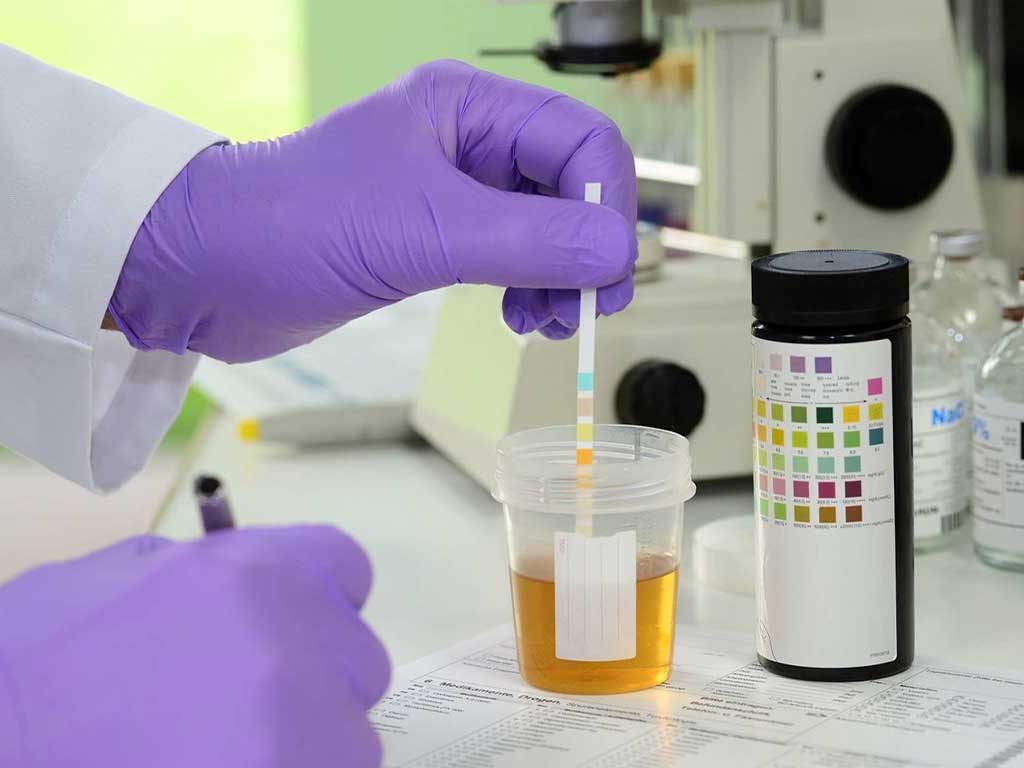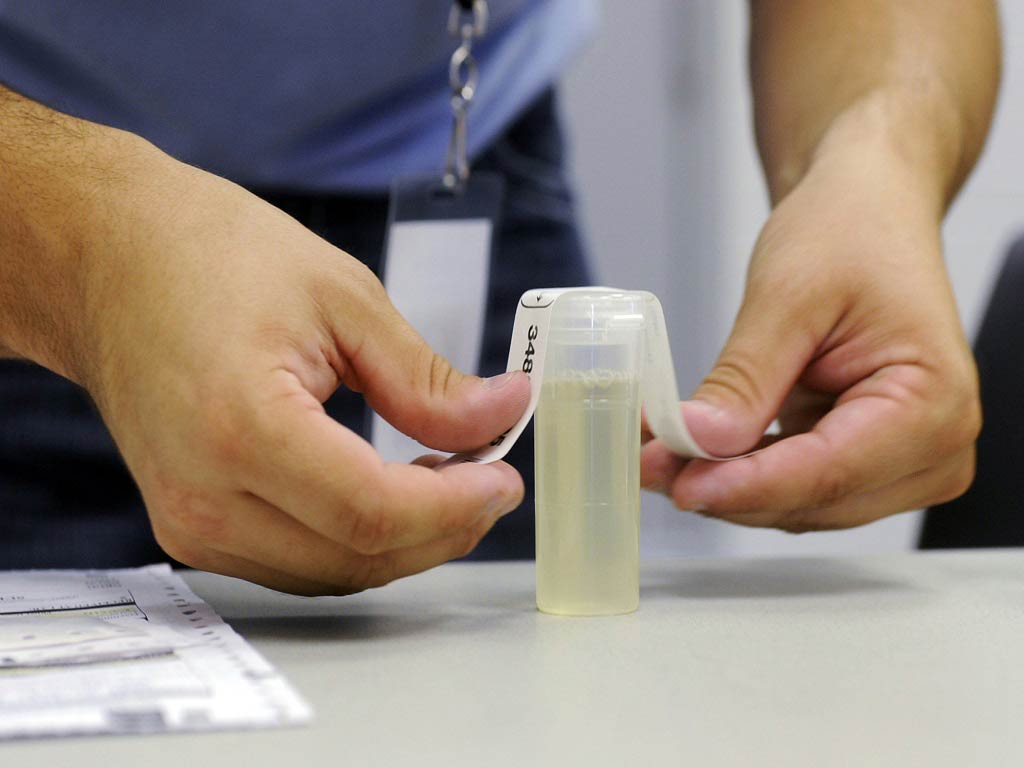ETG ETS Urine Alcohol Test: The Need to Know
05 December, 2023

Traditional testing methods, such as blood tests, can intrude on some people. Fortunately, the ETG ETS urine alcohol tests are available. It is non-invasive and can easily detect alcohol consumption in the last 80 hours. Individuals simply need to collect urine specimens in a container properly. Then, they can send it to a lab where health professionals can analyse the sample. A non-negative test result means that alcohol was present in the sample.
Heavy drinking can lead to alcohol abuse. This is a widespread issue that can have serious consequences. There can be physical and mental health problems, financial distress, relationship issues, and other forms of social harm. As such, it is important to detect the consumption of alcohol early. This is for people to get the help they need. ETG testing can be beneficial for this purpose. The following sections will present the test, its process, and its results.
What is an ETG ETS Urine Alcohol Test?
Ethyl glucuronide (ETG) and Ethyl Sulphate (ETS) are metabolites of alcohol. Professionals use both as markers in urine testing to detect recent alcoholic beverage consumption. The time frame is within the past 80 hours, or approximately three days. ETG ETS urine alcohol tests measure the amount of metabolites in the body.
ETG ETS urine testing is the most accurate way to detect recent alcohol use. This is because it can detect small amounts of metabolites that may have been produced hours or even days after drinking has occurred. This is important for cases where an individual may have consumed alcohol and then attempted to mask it with time.
The test can also detect alcohol consumption in those who metabolise it quickly due to genetic predisposition. This makes it useful for workplace testing programs, particularly in safety-sensitive industries like mining and transportation. Employers can test employees for alcohol use to ensure they are not under the influence. Furthermore, medical practitioners can use the test in alcohol recovery programs, and it can also be part of a court-mandated sobriety program.
Advantages of the Procedure Over the Other Methods
- Highly accurate: This makes ETS ETG tests one of the most reliable methods available.
- Fast results: Results are generally available within 24–48 hours.
- Non-invasive: Unlike blood tests, urine testing does not require any intrusive procedures, making it more convenient.
- Difficult to tamper with: Urine alcohol tests are difficult to tamper with, and the ETG ETS method is particularly resistant to adulteration. Thus, it is more reliable in detecting alcohol consumption.
- Cost-effective: A urine test is usually more affordable than a hair test or a blood test. Hence, it is an attractive option for employers. Also, it is more practical for regular alcohol monitoring.

The Process in an ETG ETS Urine Alcohol Test
ETG ETS urine alcohol tests are non-invasive and can be administered quickly. The process involves collecting a human urine sample. The person should collect the urine midstream and place it in a container. Then, they must securely seal it to send to a medical laboratory. Professionals will test the specimens for the detection of alcohol consumption.
Biomarkers of alcohol consumption are ETG and ETS. These two are metabolites of ethanol, which is a type of alcohol found in drinks. The tests often determine if an individual had alcohol ingestion within a specific timeframe, typically within the past 80 hours. A sensitive testing method, such as liquid chromatography-tandem mass spectrometry (LC-MS), is often used to detect even small amounts of alcohol metabolites in the urine.
It is important to follow proper protocols when conducting urine testing. This is to avoid inaccurate readings. Make sure to correctly take the samples and use sterile equipment. Overall, the urine alcohol test is a valuable tool in alcohol testing and monitoring. It provides critical information for legal, workplace, and treatment-related purposes.
What Can be Detected?
The tests detect the presence of ETG and ETS in the urine. Identifying these metabolites indicates the presence of alcohol in the body. These types of tests are beneficial for detecting low to moderate levels of alcohol consumption. This is because ETG and ETS can be present in the urine when others, like breath testing, may no longer detect alcohol.
Moreover, ETG and ETS tests can detect heavy alcohol consumption. Thus, professionals can diagnose alcohol use disorders. All in all, testing for alcohol using ETG and ETS has become increasingly popular over the past few years due to its high accuracy rate.

Interpreting the Results of an ETG ETS Urine Alcohol Test
When interpreting the results of ETG ETS urine alcohol tests, it is essential to understand the potential limitations of the test. The tests can detect ETG in urine for an extended period. Hence, it makes the test highly sensitive to alcohol consumption. However, it is important to note that ETG can also be present in urine as a result of exposure to alcohol-based products, such as hand sanitisers or certain medications.
In addition, it is crucial to consider the history of alcohol consumption. Also, people should consider any potential sources of ETG and ETS values in the environment due to unintentional exposure. Furthermore, factors like the timing of the test concerning the last alcohol consumption and the metabolism can also impact the accuracy of the results.
Positive tests mean the subject has either consumed alcohol or had contact with alcohol-based products. On the other hand, negative results indicate that the subject did not have exposure to alcohol-based substances. Overall, a comprehensive understanding of the limitations of the tests and the specific circumstances of the individual being tested is essential for accurate interpretation.
Is There a Possibility for a False-Positive?
ETG and ETS tests can produce false positive results. These tests are highly accurate. However, certain over-the-counter medications, personal care products, and some foods may contain alcohol or alcohol by-products that could potentially cause a false positive result. Additionally, there have been cases of environmental exposure to alcohol fumes, such as in hospitals or industrial settings, that have resulted in false positives.
It is essential for individuals undergoing ETG and ETS testing to disclose any relevant information to the testing facility. This includes drugs they may be taking or dietary habits. Labs can conduct confirmatory analysis to rule out any false positive outcomes.
Conclusion
ETG and ETS urine alcohol tests are valuable tools in detecting recent consumption of alcohol. These tests provide a reliable method for monitoring alcohol intake. Thus, it can be crucial in rehabilitation programs, probation monitoring, and workplace safety requirements. They are highly accurate and can detect small amounts of alcohol. Therefore, they play a significant role in ensuring accountability and promoting sobriety. The turnaround time for results is relatively short. This makes them a viable option for many organisations.
The measurement of ethanol is easier with ETG ETS tests. This is because the process involves the detection of a metabolite, rather than the alcohol itself. Also, the characteristics of ethanol are more stable in the body, which allows for a longer detection window. However, people should follow proper collection procedures to ensure accurate results. Interpreting the results should also involve considering the medical history, lifestyle and other factors.






























